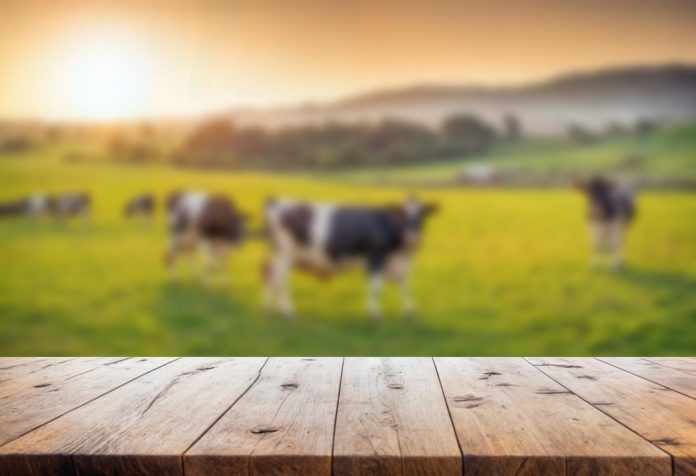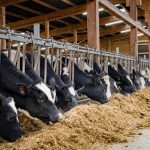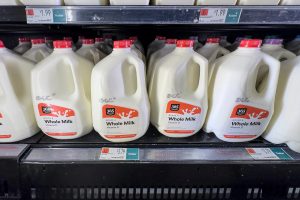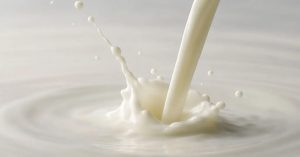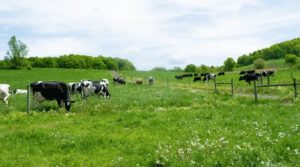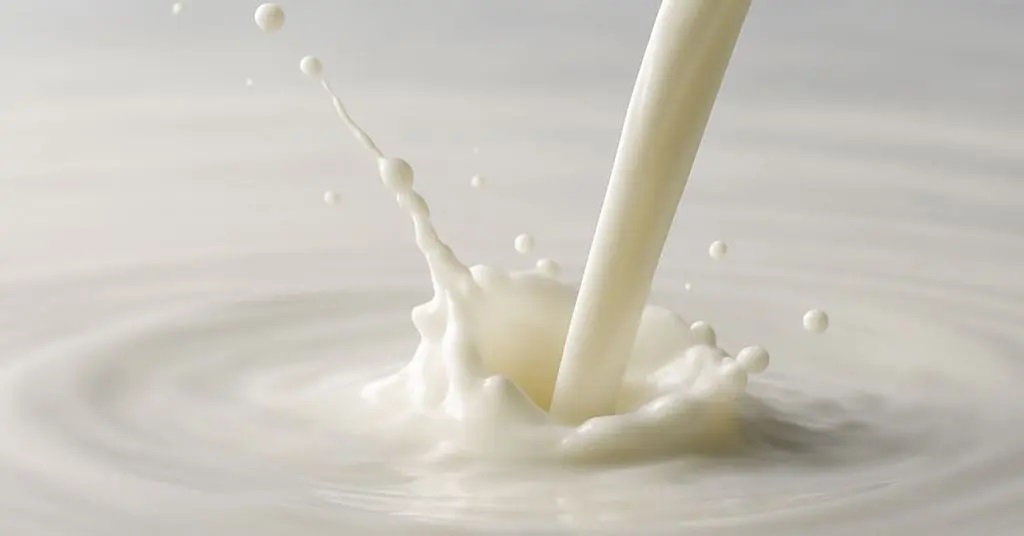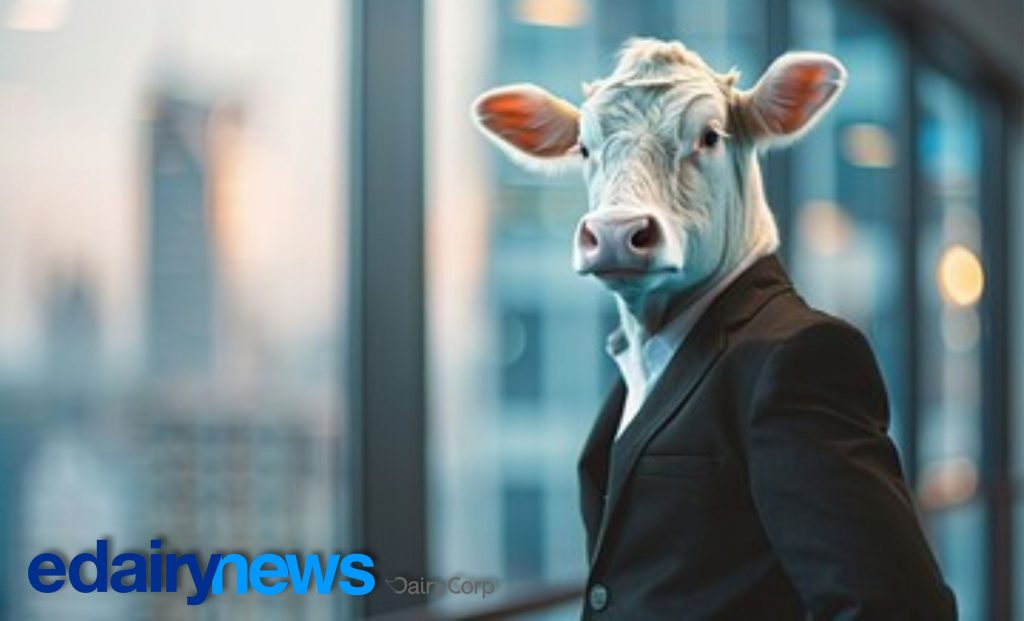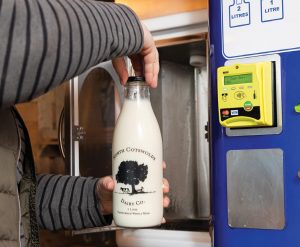
The dairy industry is increasingly feeling the effects of extreme weather, with rising temperatures and humidity posing significant challenges to milk production.
A recent study from the University of Illinois Urbana-Champaign reveals that heat stress leads to a decline in milk yield across the US, resulting in substantial financial losses.
While large farms have access to advanced cooling technologies, smaller farms struggle to mitigate these effects, making them more vulnerable.
As climate change accelerates, understanding and addressing the impact of heat stress on dairy production is crucial for the industry’s sustainability.
How heat stress affects dairy production
Like humans, cows struggle with extreme heat, which can lead to decreased appetite, higher stress levels, and an increased risk of infection.
These factors contribute to lower milk production and a decline in milk quality, which affects pricing and profitability.
Unlike previous research that mainly focused on fluid milk yield, this study examined milk quality by factoring in protein and fat content – critical components in dairy pricing.
By analysing data from nine Midwest states, equating to over 56 million cow-level production records from 18,000 dairy farms between 2012 and 2016, researchers discovered that heat stress led to a cumulative loss of approximately 1.4 billion pounds of milk over five years.
With milk prices factored in, this equates to an estimated $245m in lost revenue.
Study co-author Marin Skidmore, assistant professor in the Department of Agricultural and Consumer Economics (ACE), added: “Cows are mammals like us, and they experience heat stress just like we do.
“When cows are exposed to extreme heat, it can have a range of negative physical effects. For dairy producers, the heat impact is a direct hit on their revenue.”
Small farms face greater losses
Not all dairy farms experience the effects of heat stress equally. The study found that smaller farms, particularly those with fewer than 100 cows, suffered more significant losses than larger operations.
While these small farms contributed less than 20% of total milk output in the study, they accounted for 27% of total heat-related damages.
Larger farms often have access to better mitigation strategies, such as enhanced ventilation, cooling systems, and strategic calving schedules, which help reduce the impact of heat stress.
The role of mitigation strategies
Dairy farmers employ various strategies to counteract the effects of heat stress. Common methods include installing fans, sprinklers, and improved ventilation systems to keep cows cool.
Some farms even adjust calving schedules to minimise exposure to extreme summer temperatures. However, even with these measures, high heat and humidity can still take a toll, particularly during extreme weather events.
While large farms are better positioned to invest in sophisticated cooling systems, smaller operations often lack the financial resources to implement such strategies effectively. This disparity contributes to a widening gap in dairy production efficiency and profitability.
Projected future dairy production losses
Looking ahead, the research team used climate models to project potential dairy production losses by 2050.
The findings indicate that extreme heat days are expected to become more frequent, leading to an estimated 30% increase in milk yield losses.
If climate trends continue as predicted, the dairy industry will need to adapt significantly to avoid further economic and production setbacks.
Policy support and future adaptation
As climate change accelerates, policymakers may need to consider additional support for dairy farmers, particularly smaller producers.
Financial incentives for implementing heat mitigation strategies and investments in research on climate-resilient dairy farming could play a crucial role in sustaining the industry.
Without intervention, the gap between large and small dairy farms may continue to grow, potentially reshaping the landscape of US dairy production.
Heat stress is an increasingly critical issue for dairy farmers, affecting milk yield, quality, and overall profitability. While larger farms have the resources to mitigate some of these effects, smaller operations face greater challenges.
With climate change expected to intensify heat-related losses, the industry must prioritise adaptation strategies, research, and potential policy support to sustain dairy production in the years to come.
You can now read the most important #news on #eDairyNews #Whatsapp channels!!!
🇺🇸 eDairy News INGLÊS: https://whatsapp.com/channel/0029VaKsjzGDTkJyIN6hcP1K
